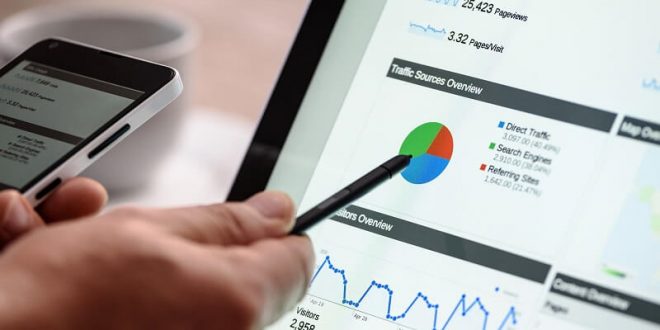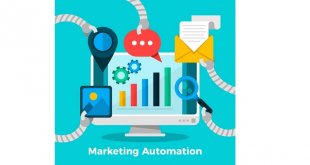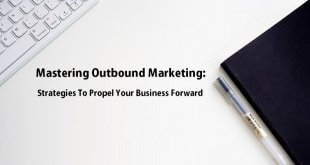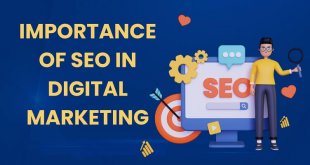A successful pay-per-click (PPC) campaign can hinge on a well-designed landing page. The landing page is the first thing potential customers will see when they click on your ad. This means that it is crucial to make a good impression.
A well-designed landing page will be relevant to the ad that led the customer there. This will provide a clear path to conversion. If your landing page is effective, you’ll see a higher conversion rate and a lower cost per acquisition.
What is Performance Marketing?
Performance Marketing is a type of marketing that focuses on results. This means that marketers using this approach only pay for advertising that has led to the desired outcome, such as a sale or a lead. This is in contrast to traditional marketing methods, which can be quite expensive and often have no guarantee of results.
Digital Performance Marketing is often used in online advertising, as it can be very effective in driving traffic to a website or landing page. This approach can also be used in offline marketing, such as direct mail or print advertising.
An efficient performance marketing agency uses expert strategies and planning to bring results. Using deep insights from valuable data, a performance marketing strategist uses sophisticated tools and techniques to create high-quality and relevant content to attract your target audience.
Overall, Performance Marketing is a great way to get more bang for your marketing buck. By only paying for advertising that produces results, you can save money and ensure that your marketing campaigns
are more effective.
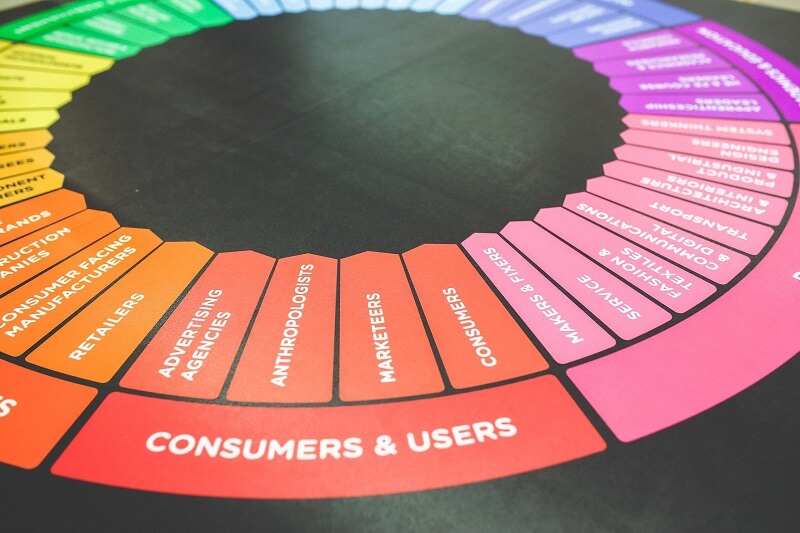
The Importance of a Pay Per Click Landing Page
A pay-per-click (PPC) landing page is a standalone web page that has been designed for the sole purpose of receiving PPC traffic. A PPC landing page is the most cost-effective way to reach an audience. It’s also the most targeted way to get traffic to your website.
A PPC landing page is a critical component of any pay-per-click advertising campaign. Without a well-crafted and effective landing page, advertisers are likely to see a poor return on their investment (ROI).
When you pay per click, you’re paying only when someone clicks on your ad and lands on your landing page. You’re not paying every time your ad is shown on a search engine or social media network. This makes it more affordable than other ads formats, like display ads and direct mailers.
In addition to being cost-efficient, PPC landing pages are also effective. Studies show that ad campaigns that use PPC are more likely to produce sales than those that don’t.
For a PPC landing page to be effective, it must be optimized for both relevance and conversion; if users do not click on the Ads leading to the page, or if they do not convert once they arrive, then the campaign will not be successful.
What are 7 Strategies to Optimize Your Landing Page?
There are several key elements that make up a successful PPC landing page, including a strong headline, persuasive copy, and a call to action. The Landing Page Optimization report from WordStream found that by following these best practices, advertisers can see up to an 80% improvement in their conversion rates.
Developing and optimizing a high-performing landing page should be a top priority for any business looking to get the most out of their PPC campaigns.
Here are seven key strategies to consider when optimizing your landing page:
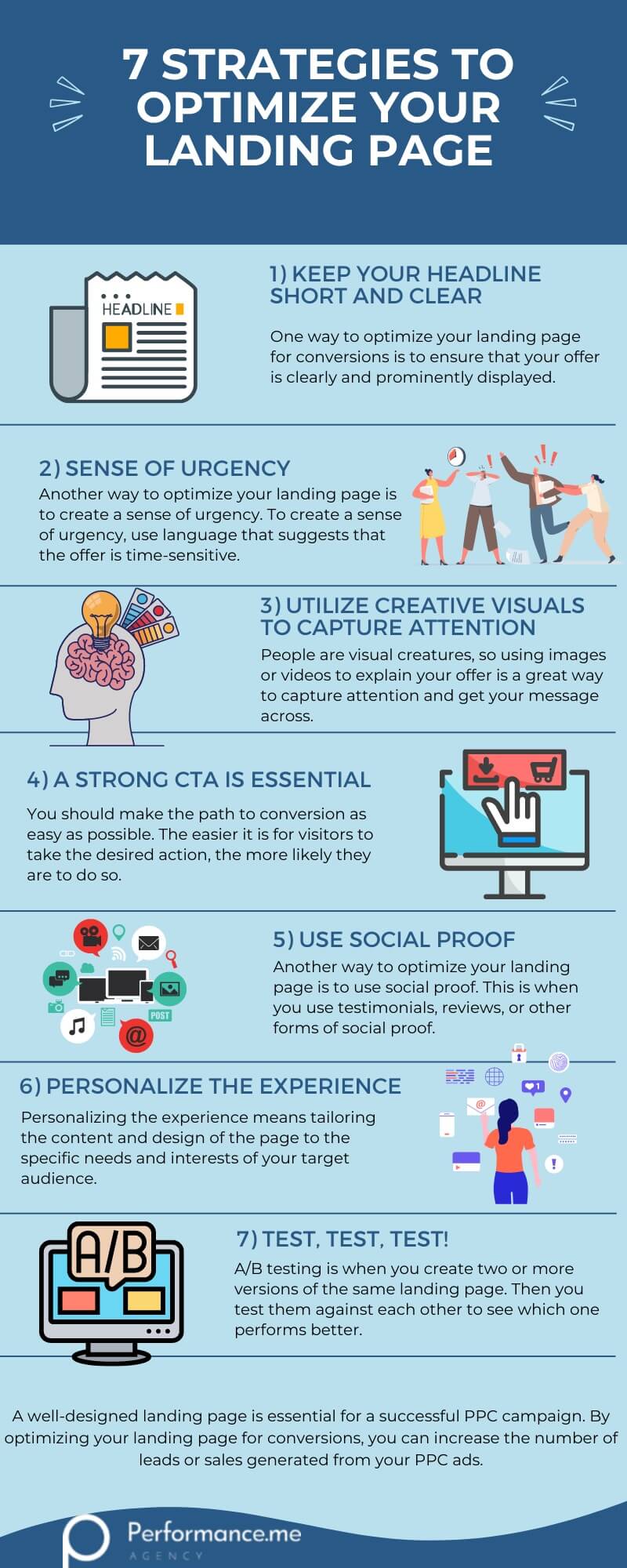
1. Keep Your Headline Short and Clear
One way to optimize your landing page for conversions is to ensure that your offer is clearly and prominently displayed. Your offer should be the main focus of the page, and it should be easy for visitors to see and understand.
If your offer is buried in the text or hidden behind other elements, visitors may not even know that it exists. To make your offer clear, use strong and concise headlines and subheadings.
2. Sense of Urgency
Another way to optimize your landing page is to create a sense of urgency. To create a sense of urgency, use language that suggests that the offer is time-sensitive.

For example, you can use phrases like “act now,” “limited time only,” or “while supplies last.” You can also use countdown timers or progress bars to visually convey the urgency of the offer. This will encourage visitors to take action now rather than later.
3. Utilize Creative Visuals to Capture Attention
People are visual creatures, so using images or videos to explain your offer is a great way to capture attention and get your message across.
Images and videos can help break down complex information and make it more digestible for viewers. When used correctly, they can be a powerful tool for convincing people to take action.
4. A Strong CTA is Essential
You should make the path to conversion as easy as possible. The easier it is for visitors to take the desired action, the more likely they are to do so.
To make the path to conversion easy, use a simple and straightforward CTA button. The button should be visible and easy to find. And the text should be clear and concise, with no more than two or three words.
Additionally, you should minimize the number of form fields that visitors have to fill out. The fewer form fields there are, the more likely visitors are to complete the form.

5. Use Social Proof
Another way to optimize your landing page is to use social proof. This is when you use testimonials, reviews, or other forms of social proof. It will show visitors that others have had success with your product or service. This can help to increase confidence in your offering and encourage visitors to take action.
To use social proof, include testimonials from satisfied customers on your landing page. You can also include customer reviews or ratings. And if you have any awards or accolades, be sure to showcase them on your landing page as well.
6. Personalize the Experience
Personalizing the experience means tailoring the content and design of the page to the specific needs and interests of your target audience. By personalizing the experience, you can increase the likelihood that visitors will take action.
To do this, start by segmenting your audience into different groups. Then, create separate landing pages for each group. Each landing page should be designed specifically for the needs and interests of that group.
You can also use personalization tokens to dynamically insert the visitor’s name or other information into the landing page. This will help to create a more personalized and engaging experience.
7. Test, Test, Test!
A/B testing is when you create two or more versions of the same landing page. Then you test them against each other to see which one performs better. A/B testing can help you identify which elements of your landing page are most effective at converting visitors.
To use A/B testing, create two or more versions of your landing page. Then, send traffic to each version and track the conversion rate. After a period of time, you can then compare the conversion rates of each page and determine which one is more effective.
You can also use A/B testing to test different offers, headlines, images, and other elements of your landing page.
Conclusion:
A well-designed landing page is essential for a successful PPC campaign. By optimizing your landing page for conversions, you can increase the number of leads or sales generated from your PPC ads.
In this essay, we discussed seven ways to optimize your landing page for conversions. These include making sure that your offer is clear and prominently displayed, creating a sense of urgency, making the path to conversion easy, using social proof, personalizing the experience, and using A/B testing.
 free html design Free html design templates
free html design Free html design templates
